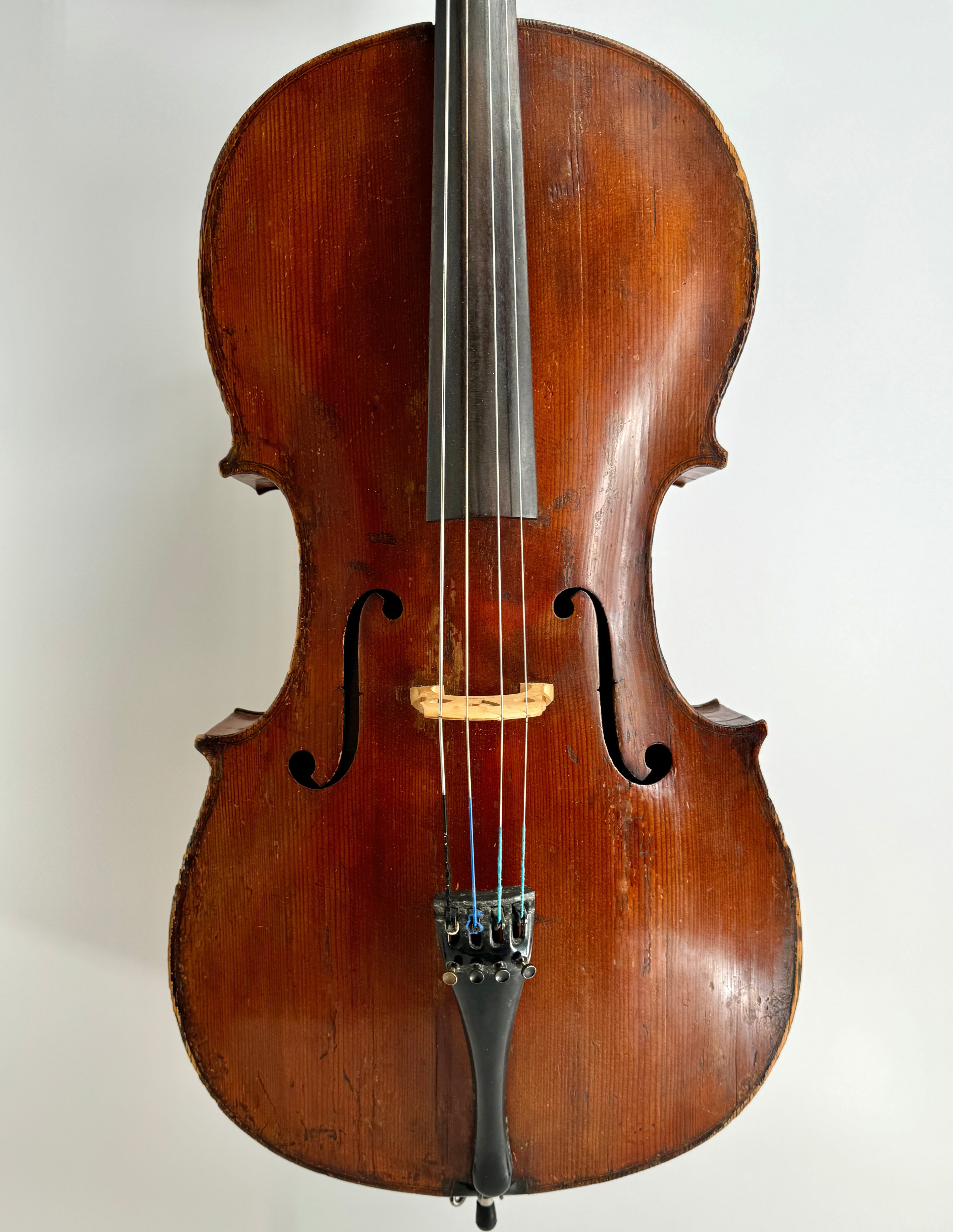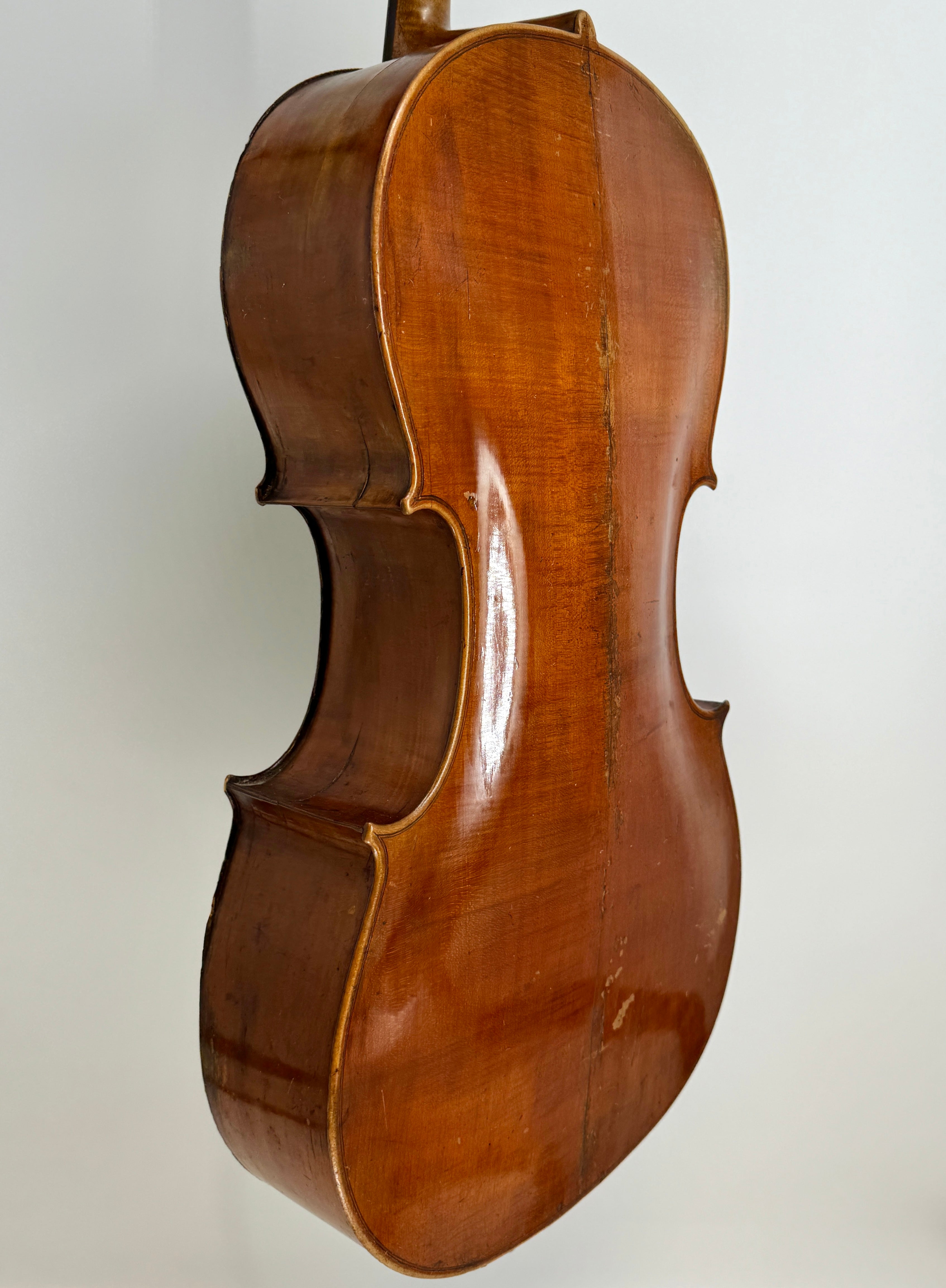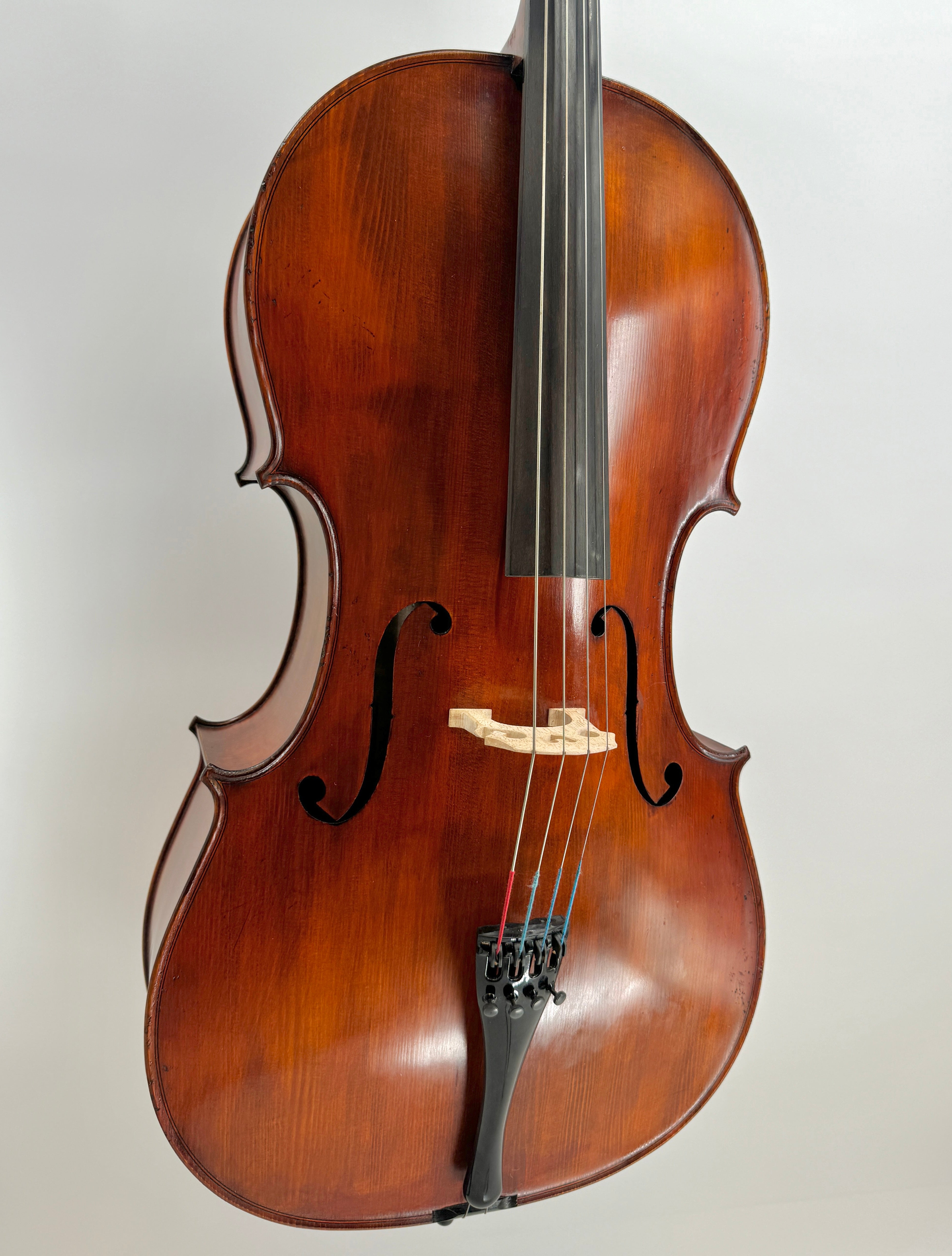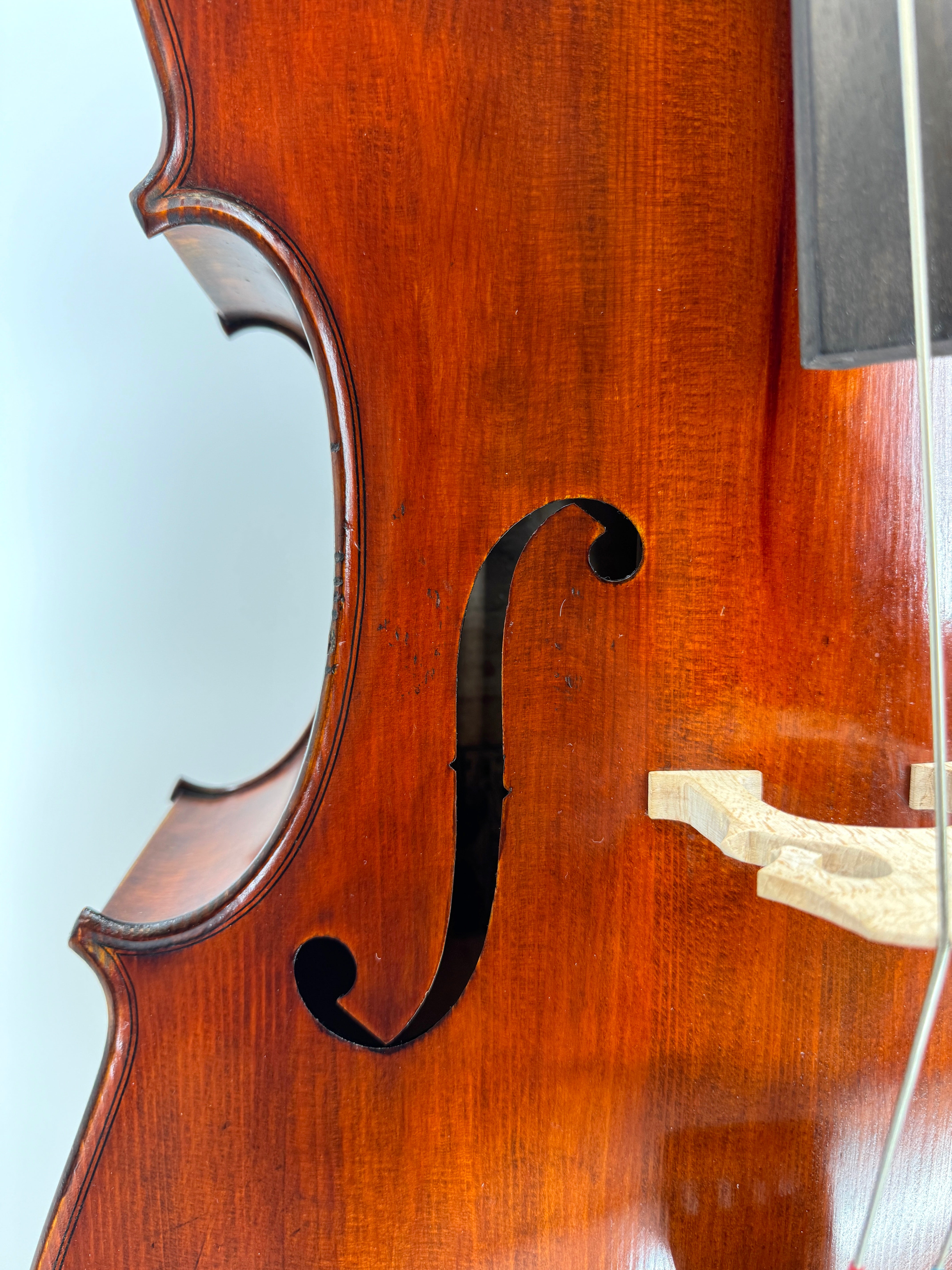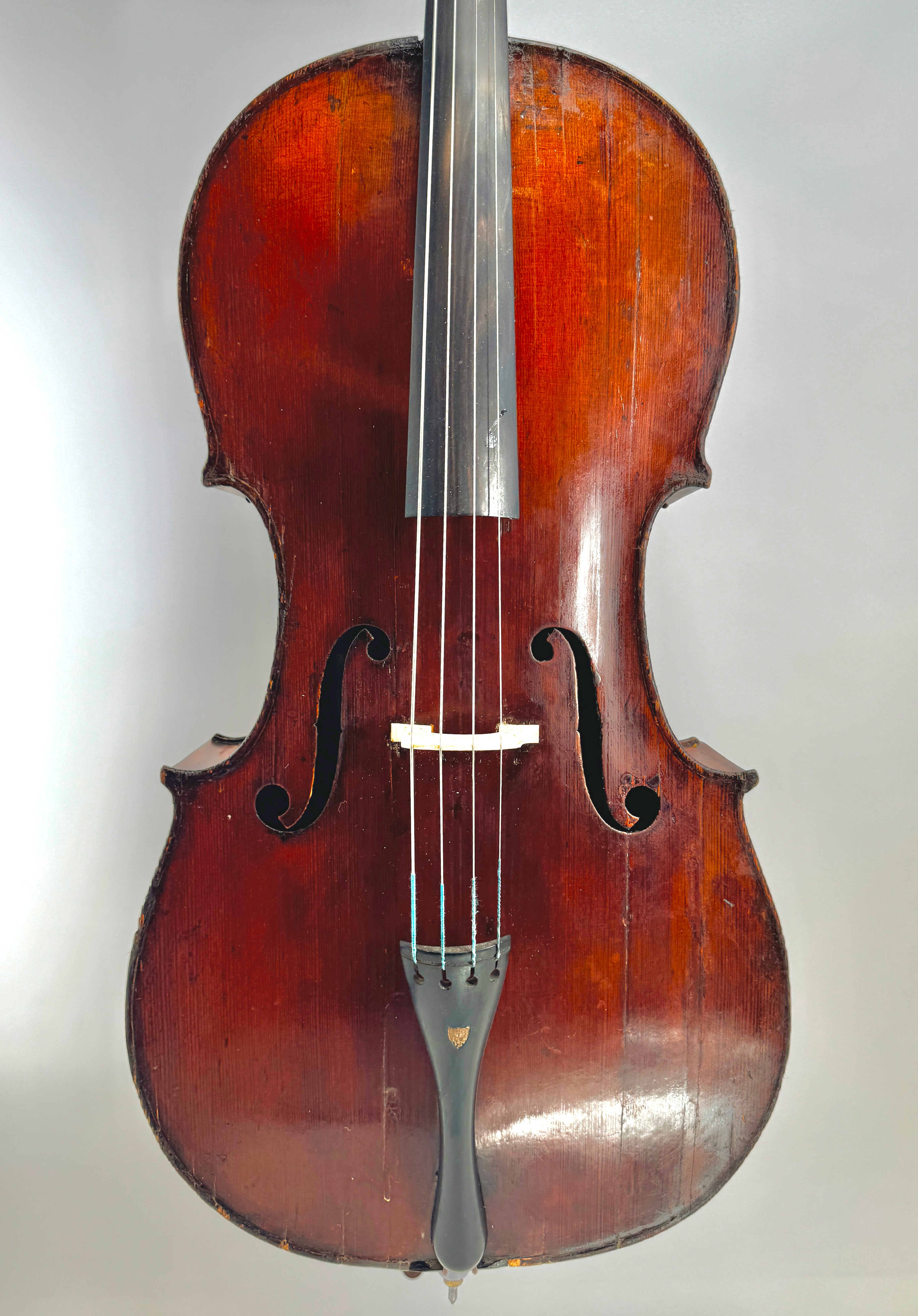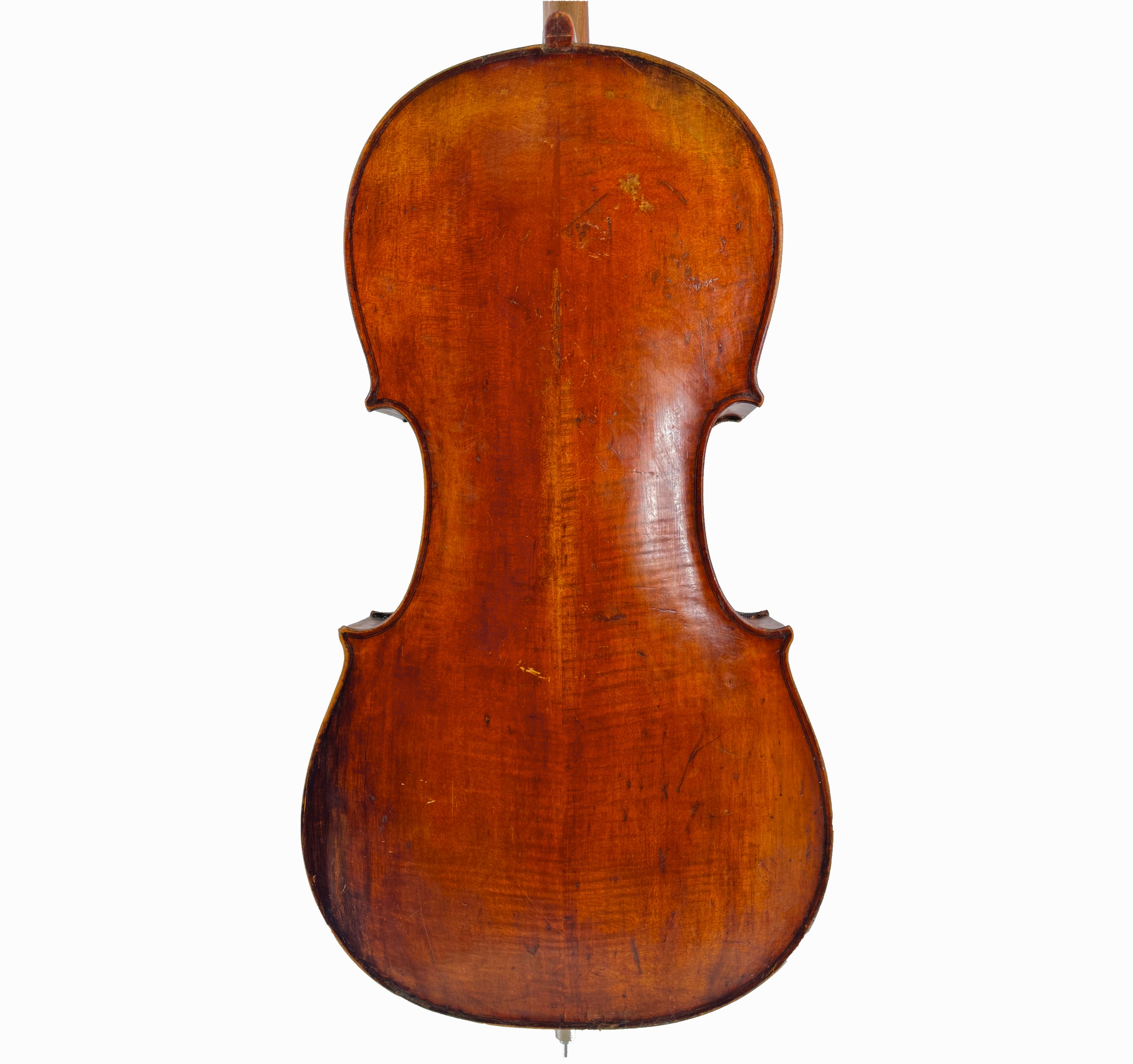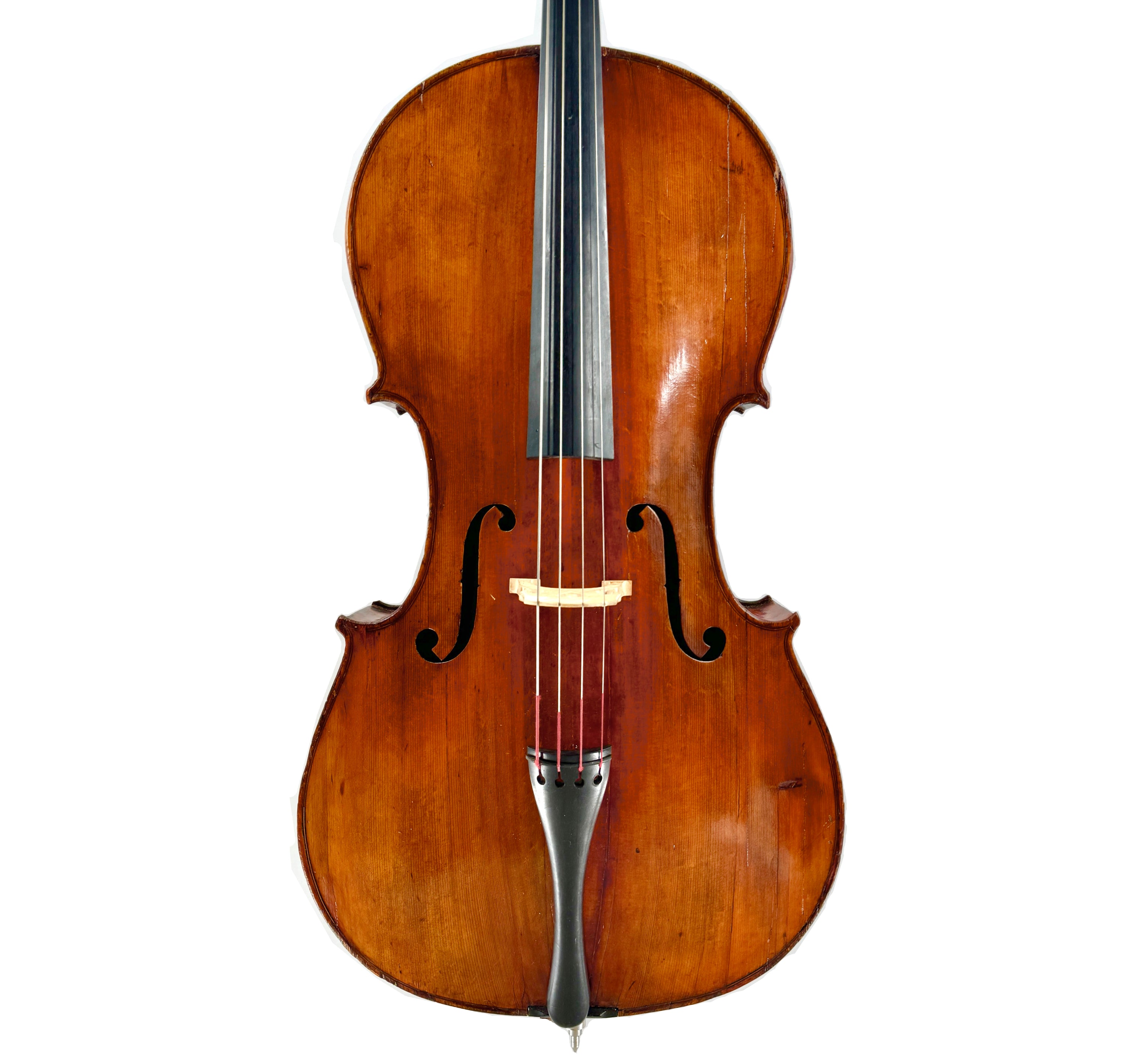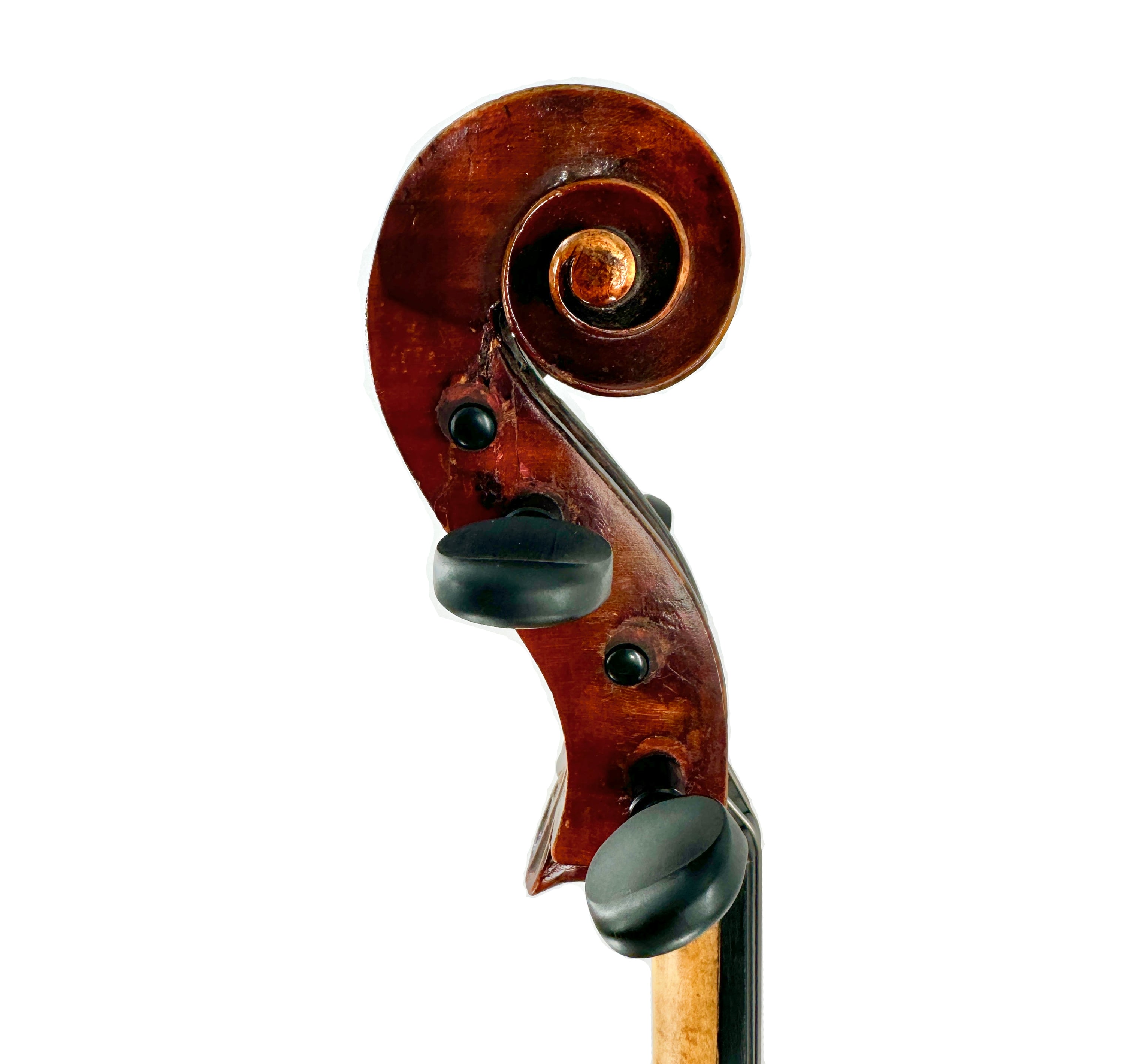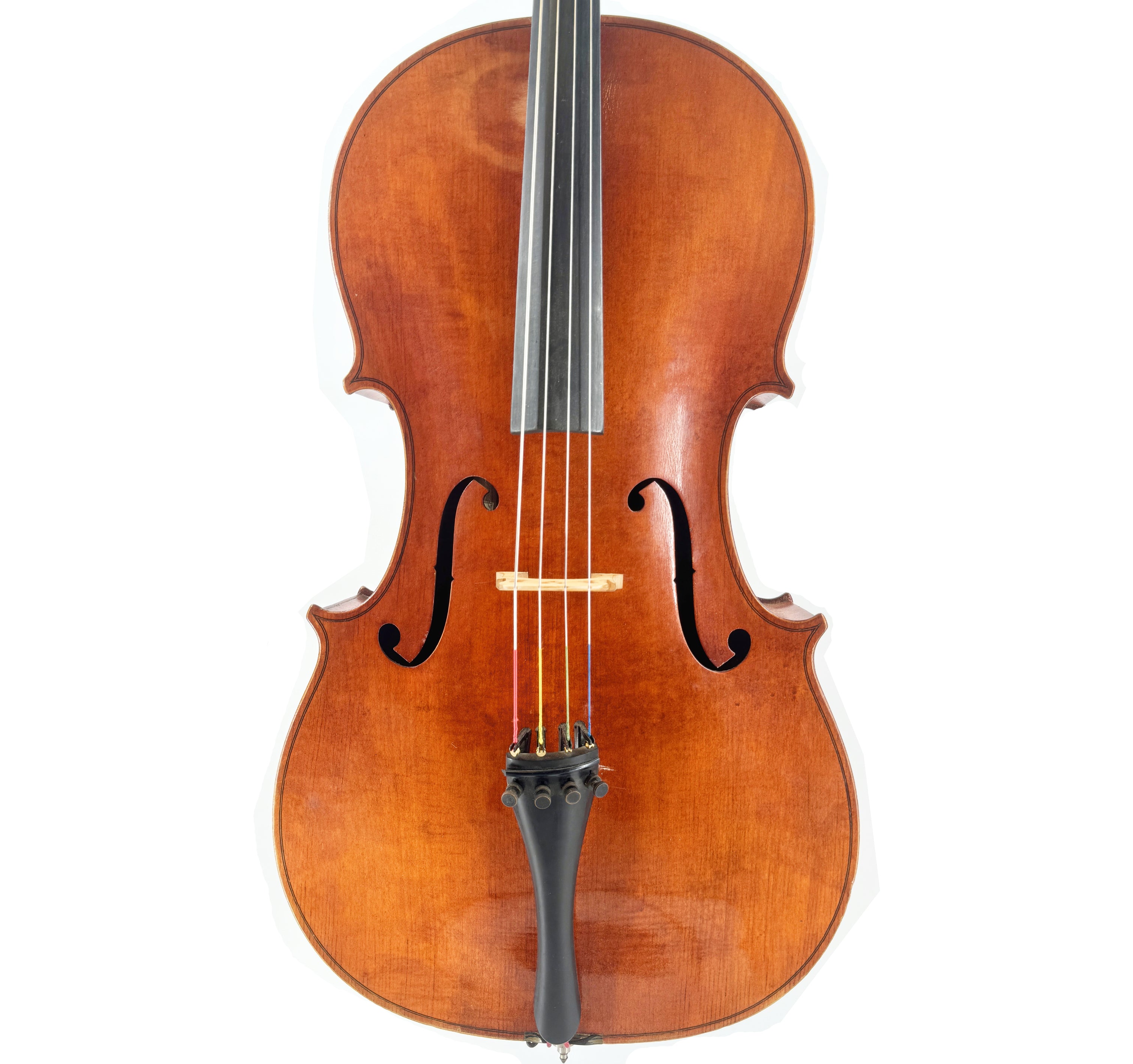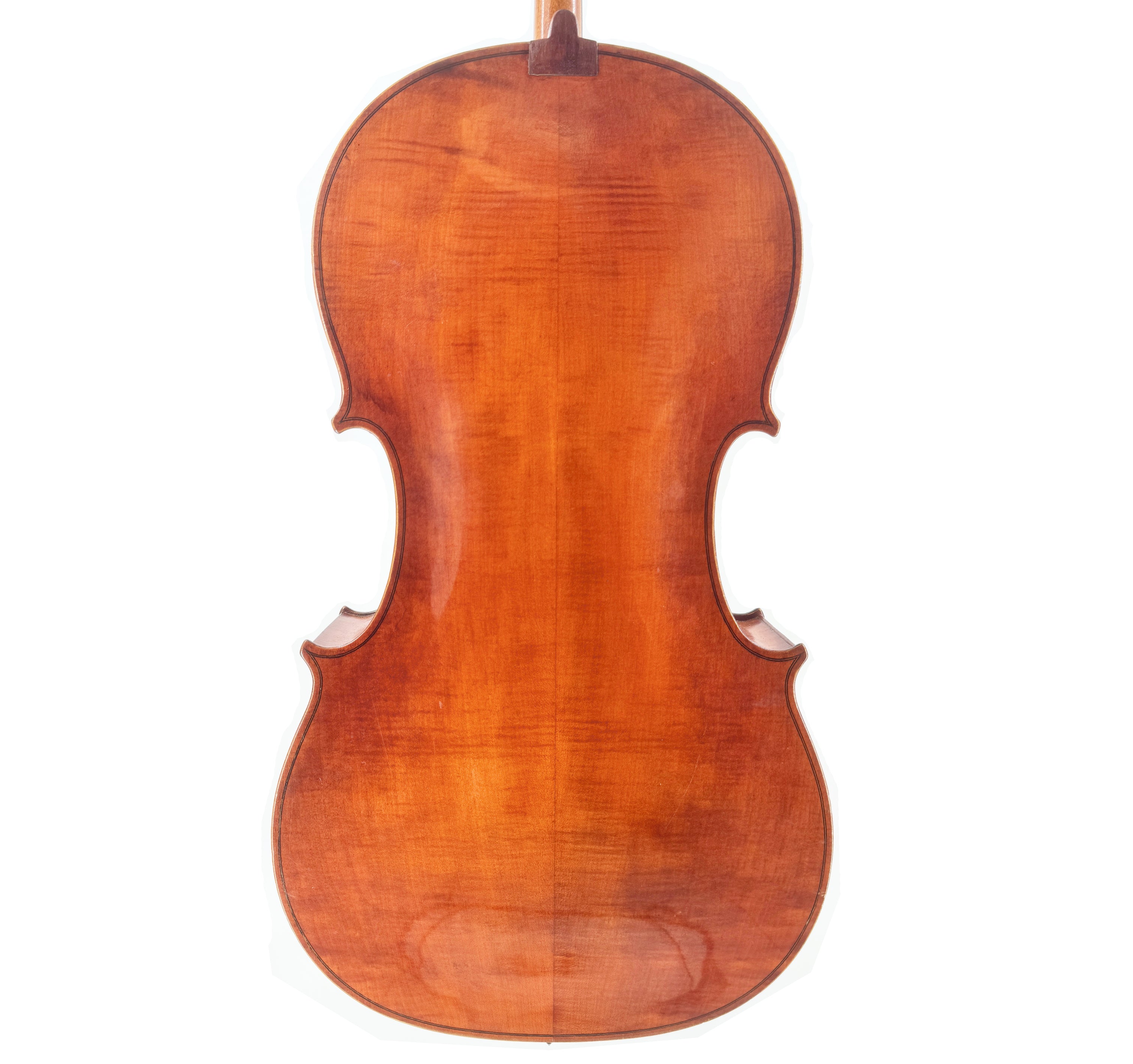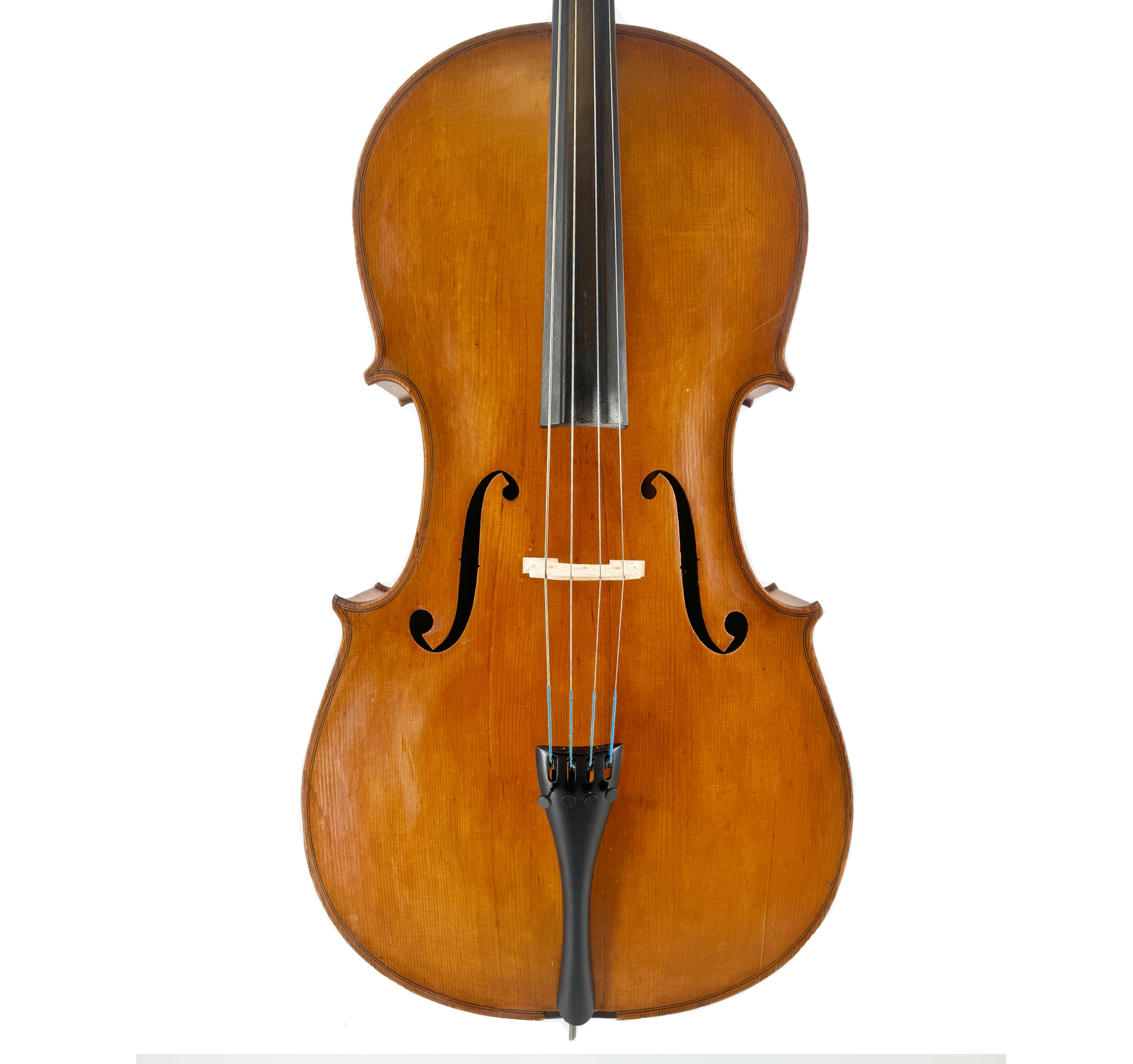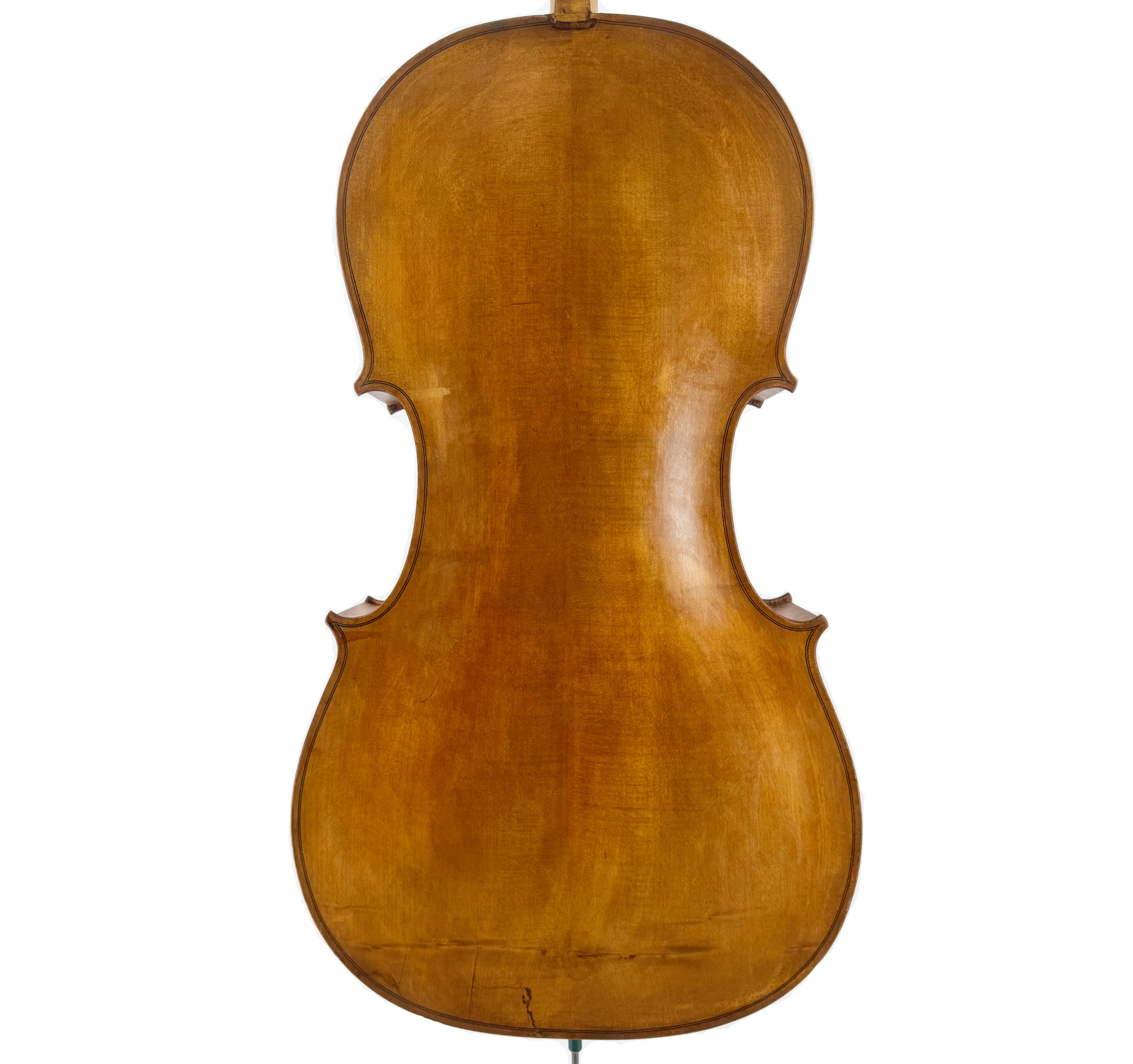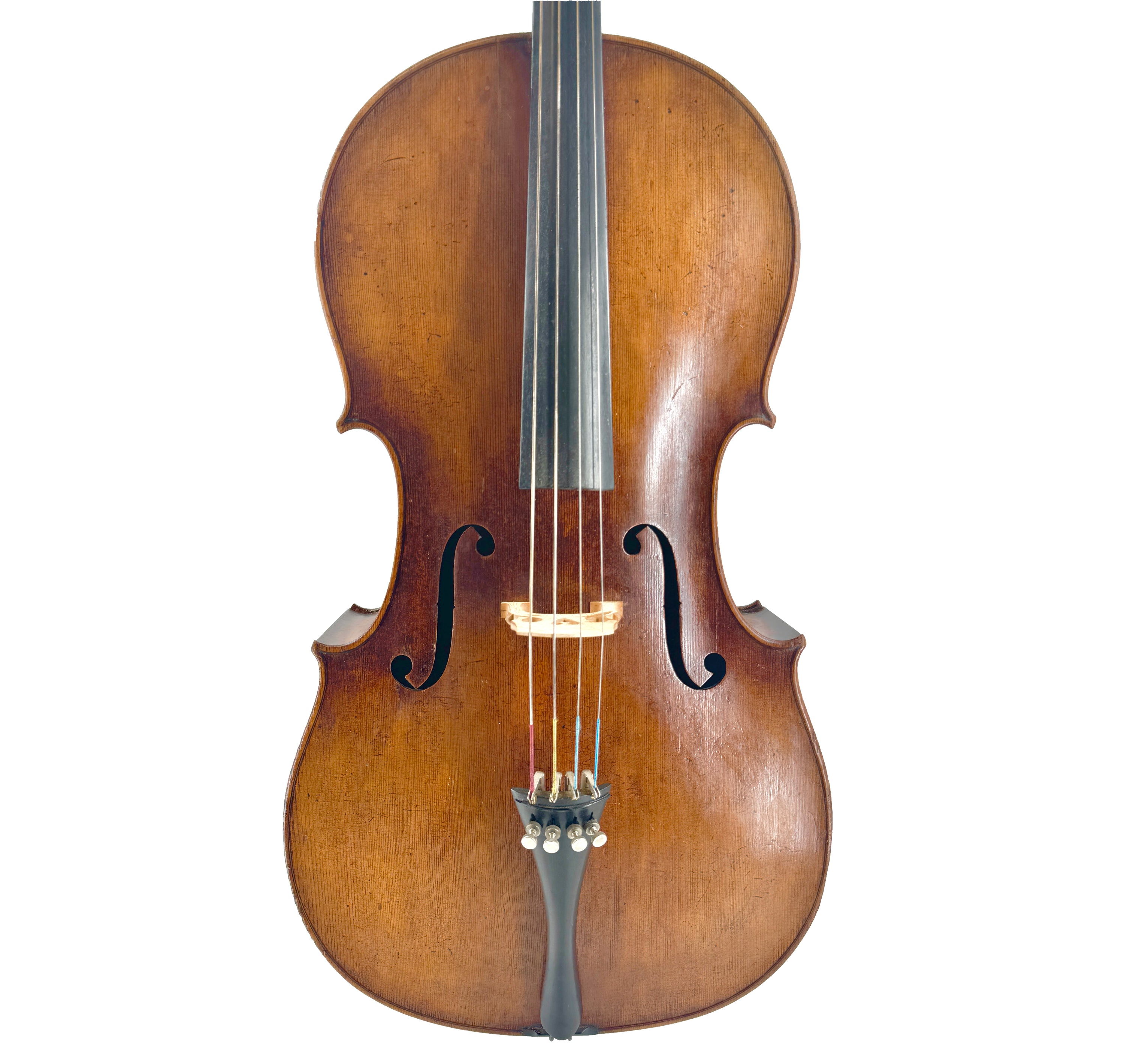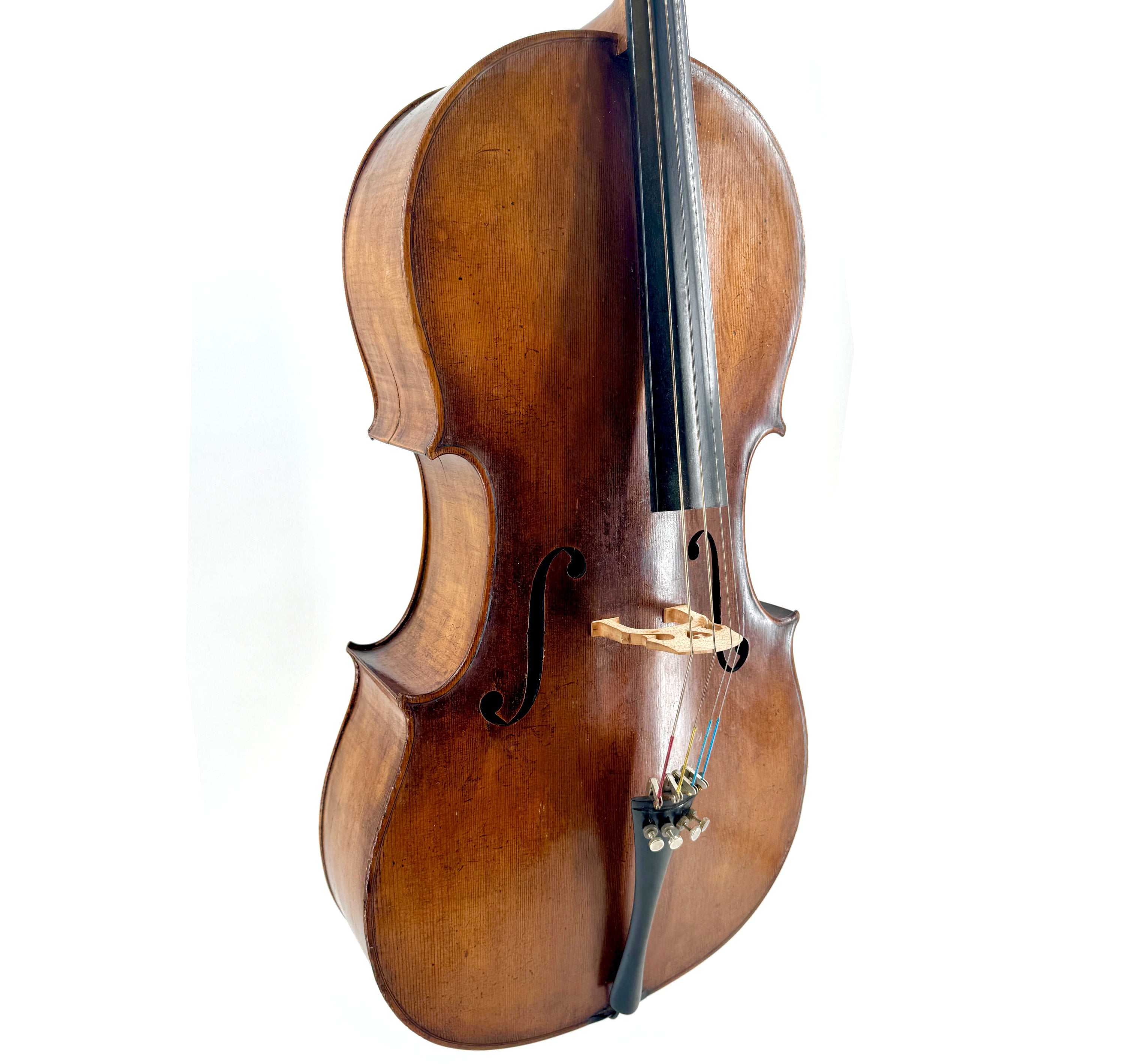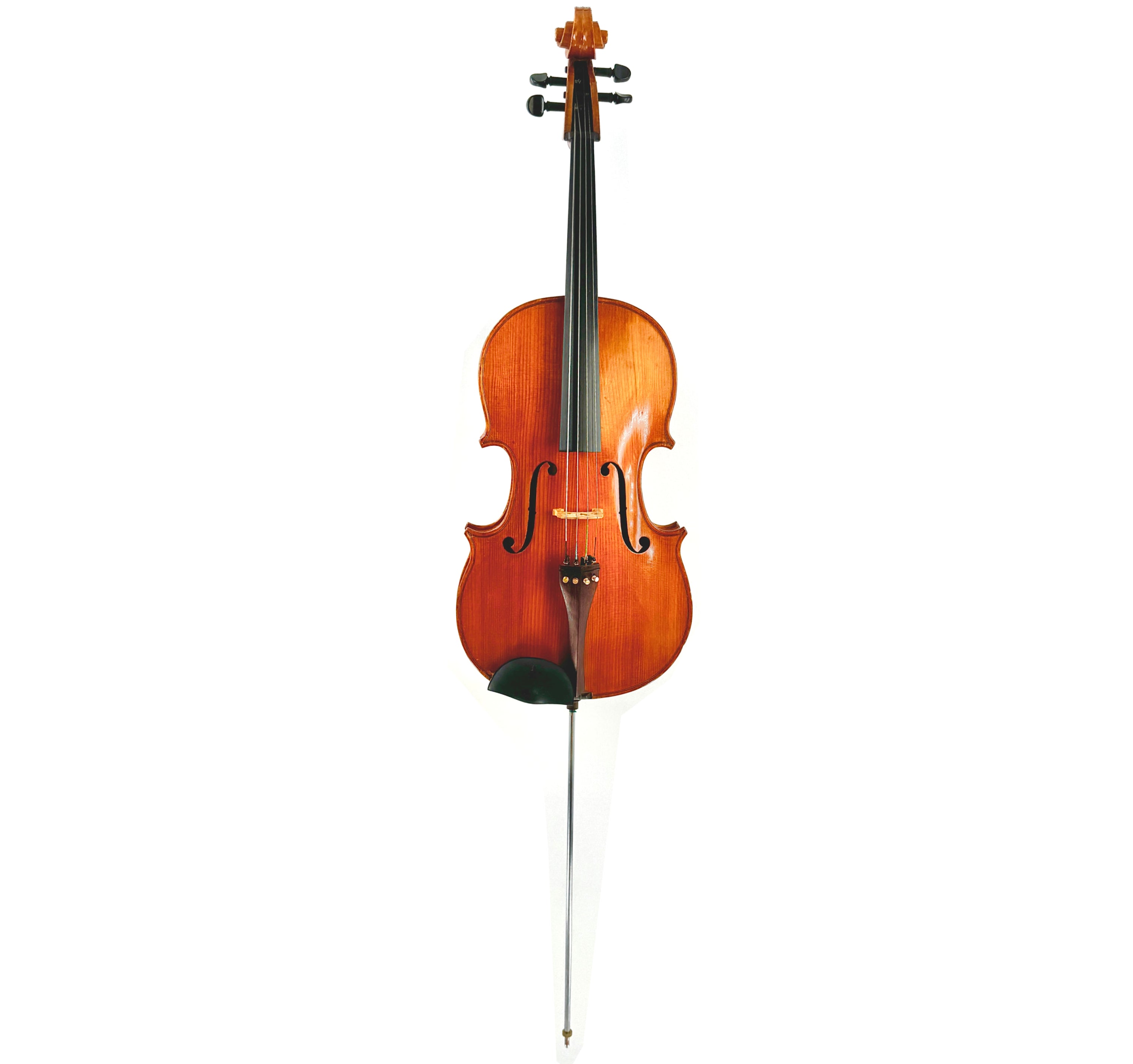
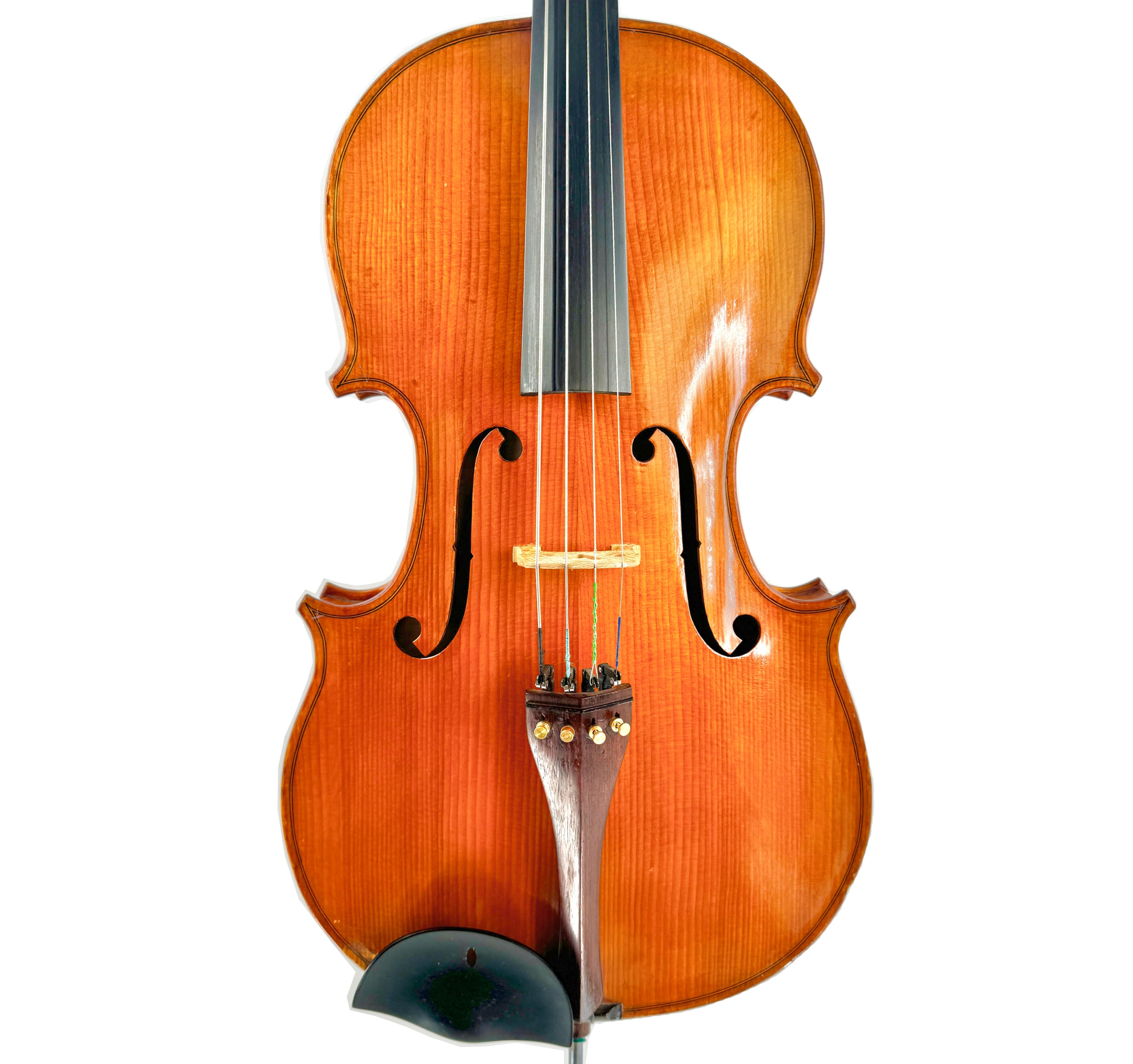
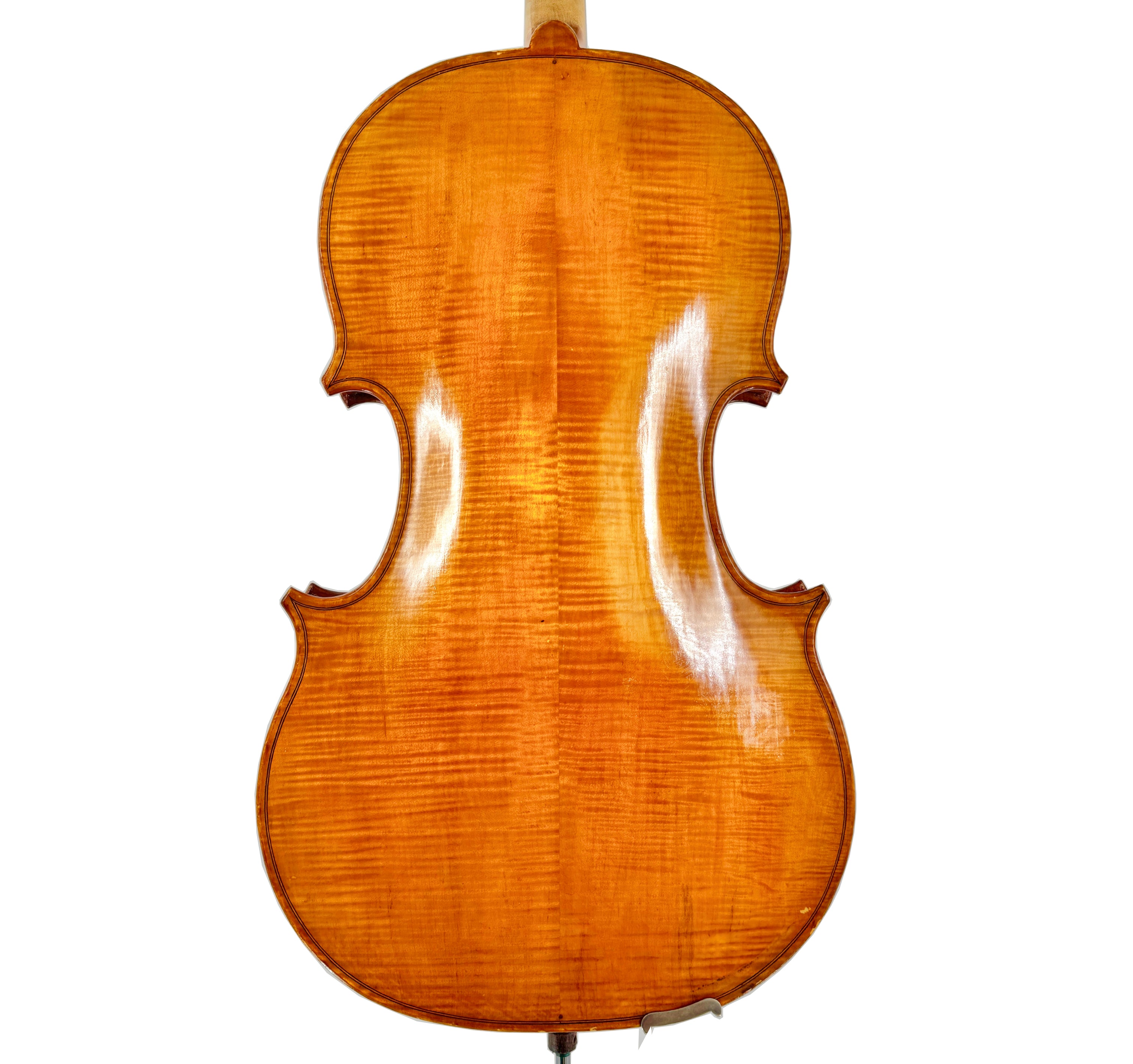
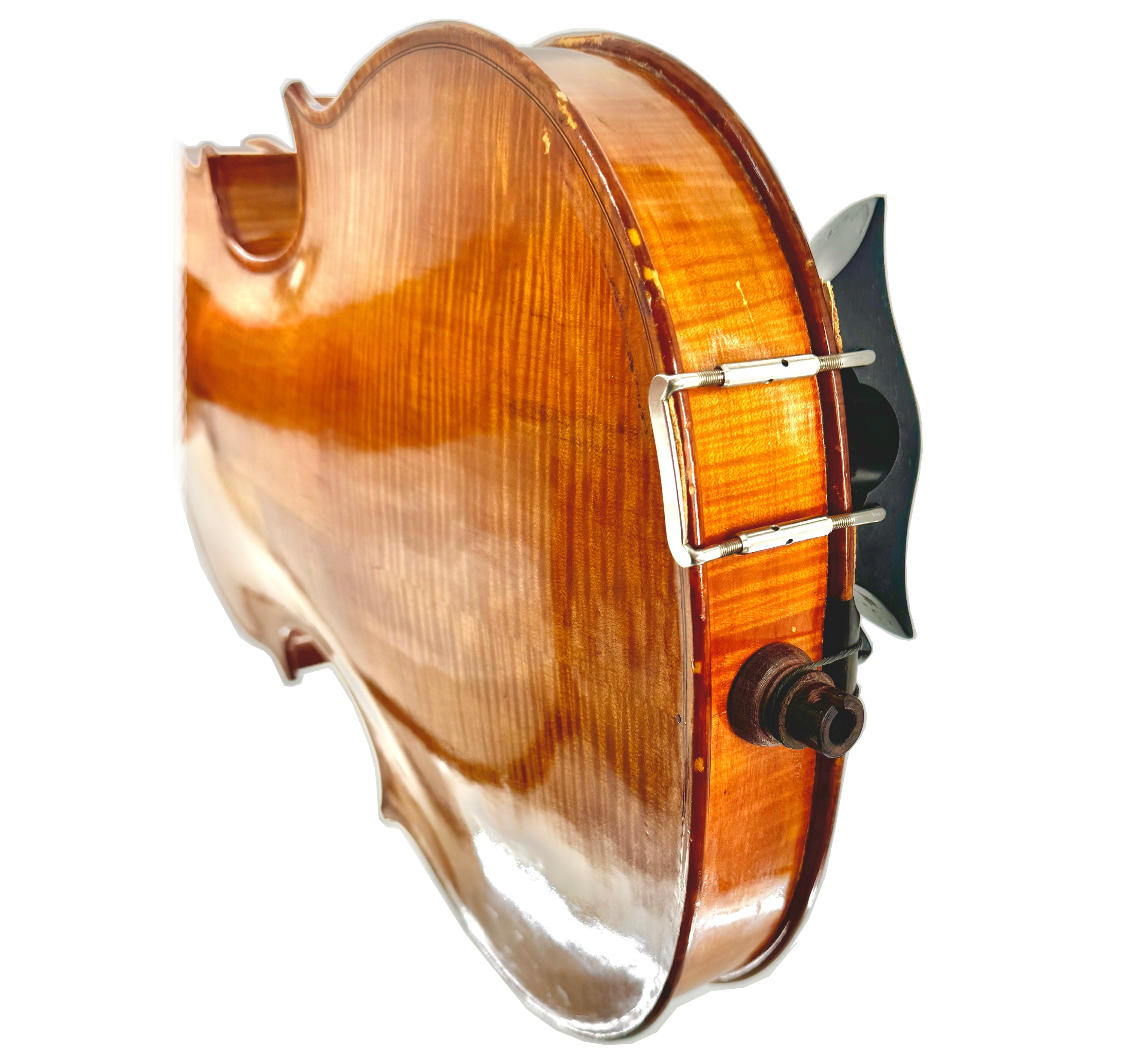
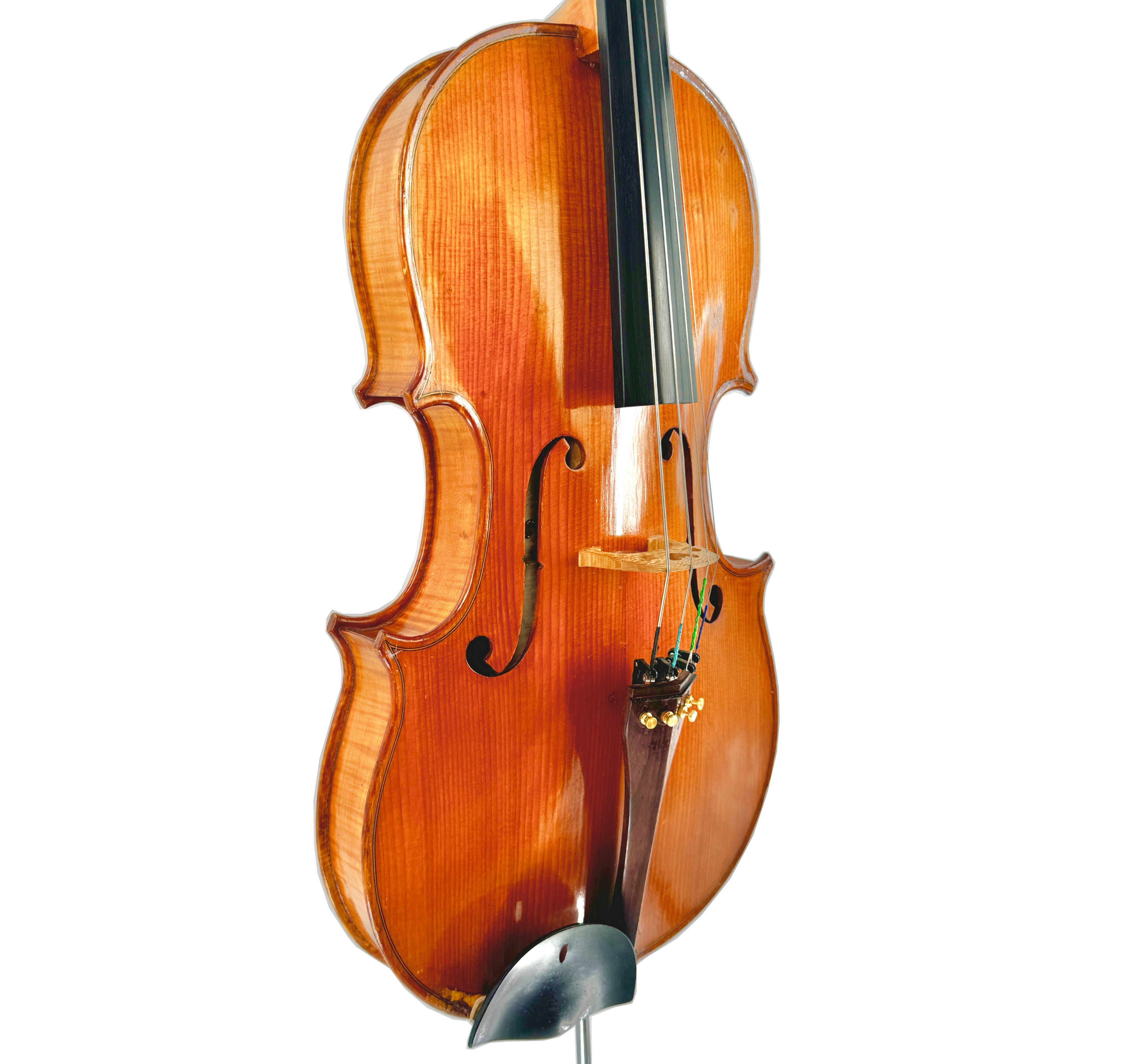
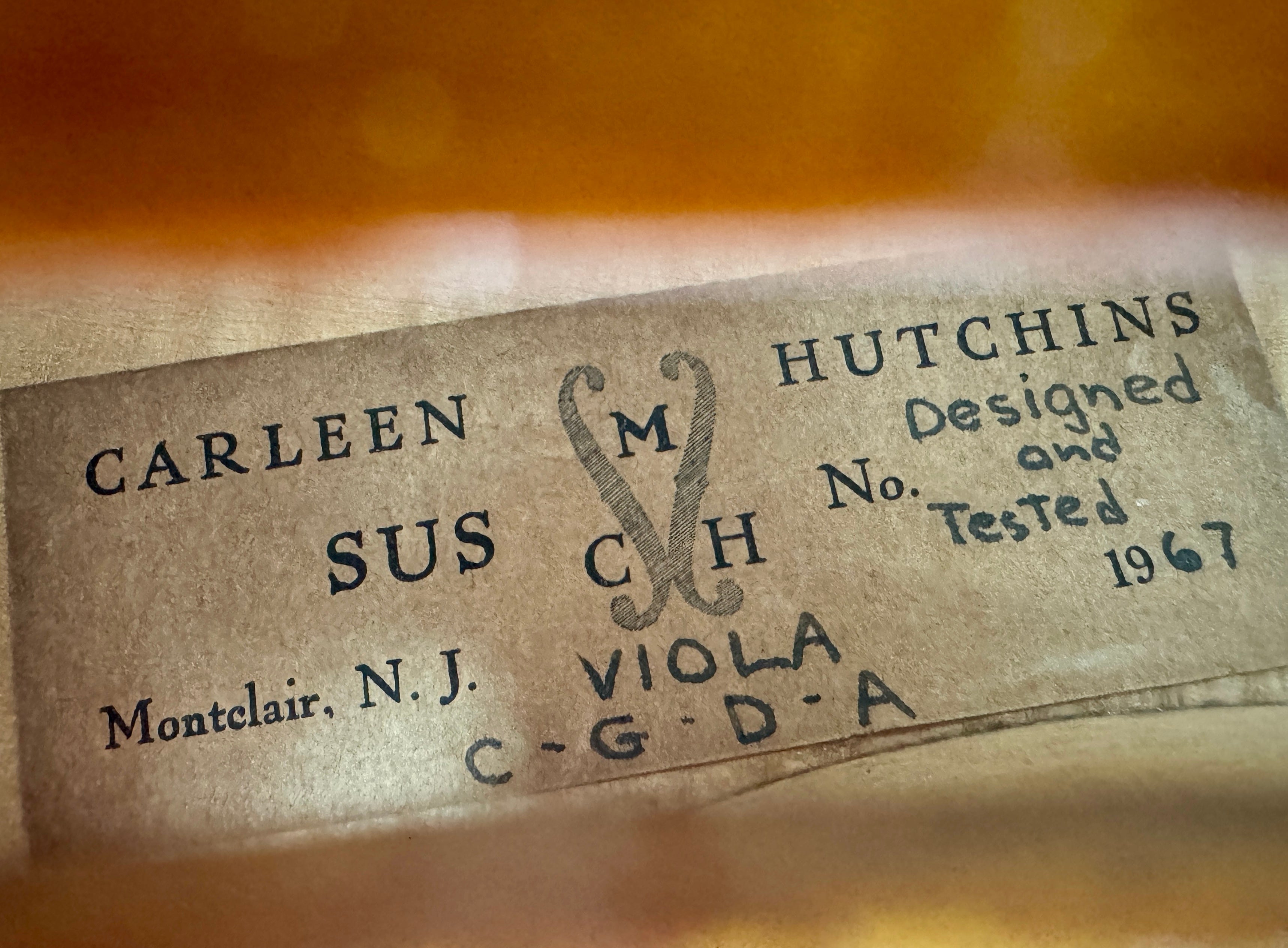
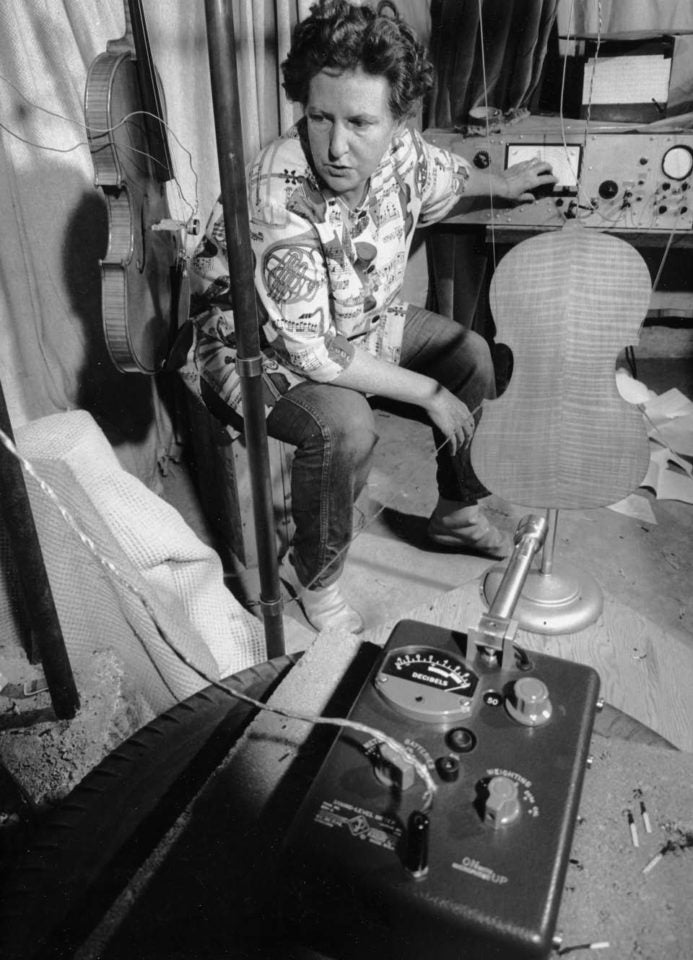
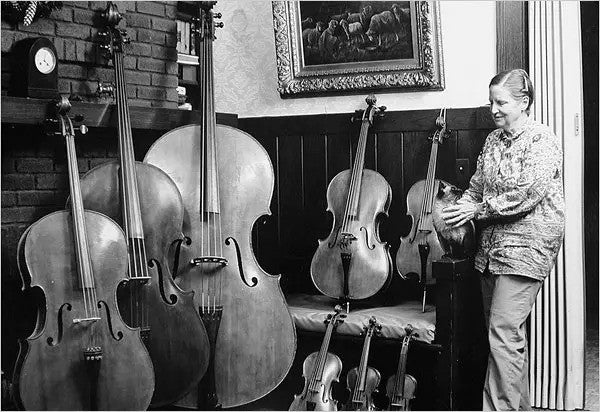
Carleen M. Hutchins 21”
Vertical Viola, 20"
Carleen M. Hutchins
Carleen is an American treasure and icon of Women in Luthiery.
In 1957 Dr. Carleen Hutchins was challenged by American composer Henry Brant to refine and implement a vision that began with the master luthiers of the Renaissance: to produce a family of string instruments whose combined voices would span the entire range of written music and effectively fill the gaps left by the traditional string instruments (violin, viola, cello and bass) which form the core of the modern symphony orchestra.
Carleen recalled the moment: “Brant asked if I was the ‘violinmaker crazy enough’ to try an idea he had. He wanted a set of seven graduated-in-size ‘violins,’ one at each half octave over the range of written music that would carry the sound of the violin with its clarity, brilliance, and power evenly on all four strings. After a half hour discussion, I agreed to try and do what Brant wanted."
She spent thirty years in research and experimentation: studying the masters, exploring the methods used by her world-famous predecessors and analyzing the resulting characteristics. Once, when given the opportunity, she delicately dissected a Stradivarius viola to discover the qualities which made it distinctive.
From her consultations with experts in the fields of physics and acoustics came the development of the procedure by which sonic attributes of a given instrument could be measured. She perfected shaving methods and acoustic hole positioning that would ultimately bring an instrument to its peak acoustical performance.
In the early 1960's Dr. Hutchins applied her knowledge and skills to eight instruments which she personally hand-crafted and calibrated to match harmonic overtones throughout their ranges. The "Vertical Viola" shown is a particularly stunning example of Hutchins' brave work.
One of the enduring names associated with Carleen Hutchins is the Catgut Acoustical Society (CAS), "...a group of people interested in the support and development of new musical instruments and improvements on existing instruments.
Entry from The Metropolitan Museum of Art:
The vertical viola developed by Dautrich and Hutchins was an acoustical success, however the large body length prevented it from being held under the chin like a conventional viola, and the greater string length also proved a challenge. The conductor Leopold Stokowski was enthusiastic about the instrument, but he wrote to Hutchins in 1967 that: "As the resistance to the vertical viola is stronger than my enthusiasm for it, which is very great, it might be a good idea to return to the horizontal viola with short thick strings to enable the player to finger the same as for the violin . . ." Hutchins cleverly designed a viola with a body size that was effectively the same as those of the vertical viola, but by altering the shape and mounting the strings on an angle she was able to produce an instrument that could be held under the chin. The string length was reduced to 15 inches (38 cm), somewhat greater than proposed by Stokowski. Elements of this design are seen in 19th-century viola bassa designs by Lorenzo Arcangioli (active c. 1874). Contemporary makers such as David Lloyd Rivinus, maker of the "Pellegrina" ergonomic viola, also employ a similar asymmetric design.
Choose options








Featured collection
Cello
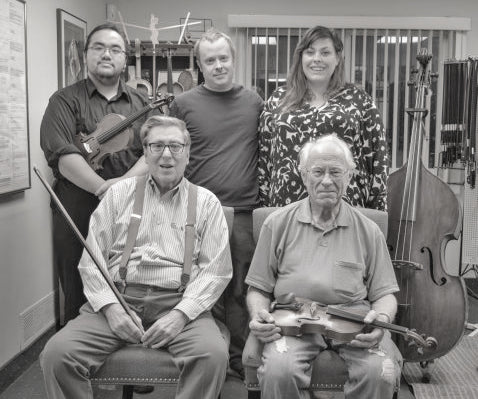
Try Before You Rent
If you are in the Cleveland area, you are invited to come to our shop and play as many of our instruments as you like before choosing which one to rent. Dr. Zaret will help you select the most compatible instrument for you based on your personal taste and preferences.
If you are unable to visit our shop, Dr. Zaret can connect with you through Skype to play any of our violins or violas for you. We will also consider sending you several instruments to sample. Contact us for more information.




